Cold Reality: Saturn’s Largest Moon, Titan, May Not Support Life
16th Feb 2024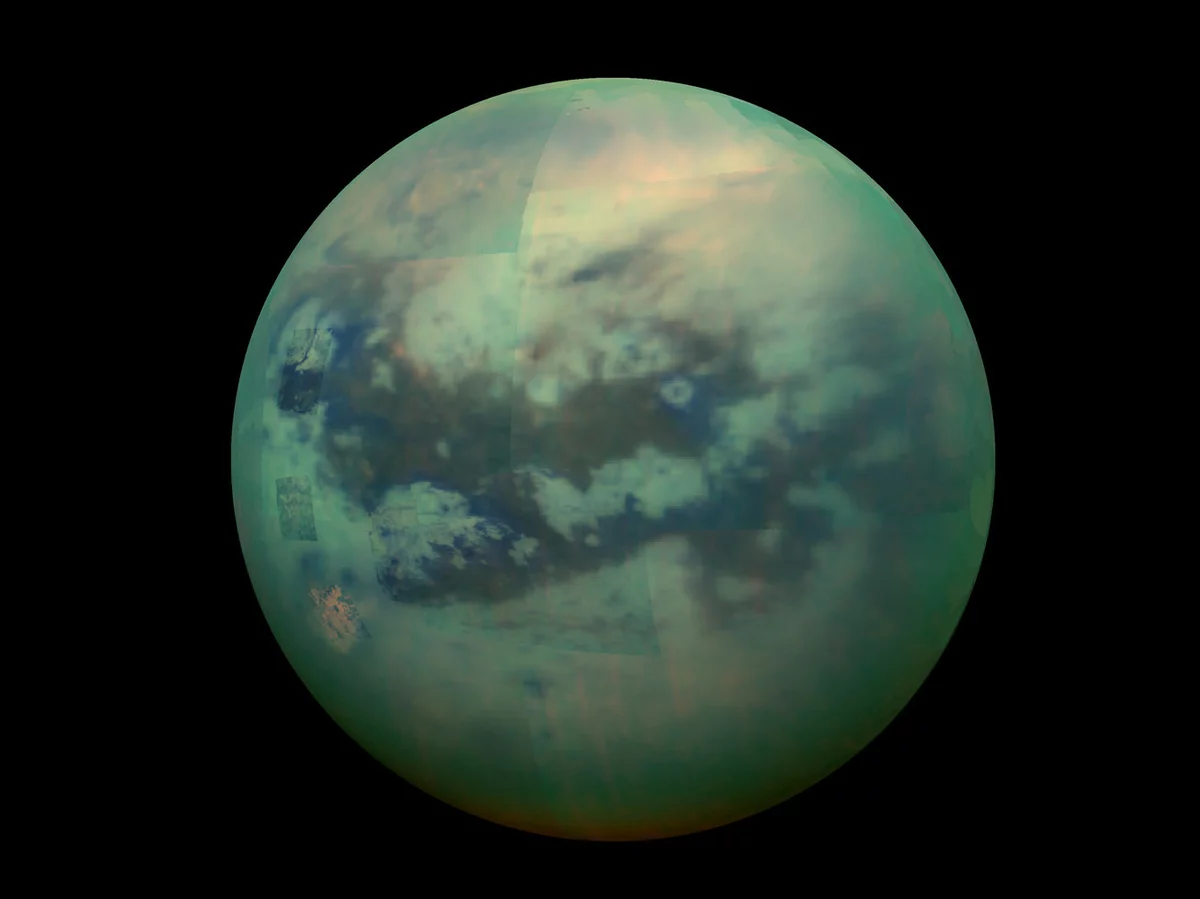
A recent study by astrobiologist Catherine Neish from Western University has definitively dismissed the prospect of existing life on Titan, Saturn‘s moon.
Titan lacks amino acids
The research findings published in the journal Astrobiology claim that Titan’s ocean is deemed to be a “non-habitable environment” due to a lack of amino acids – essential components crucial for the emergence of life.
A liquid environment is the key component of life
Previously, aspirations of finding extraterrestrial life centered around the potential subsurface ocean concealed beneath the thick icy crust of Titan, Saturn’s largest moon. The matter is that subsurface oceans could provide a liquid environment, which is one of the key ingredients for the emergence of life as we know it.
Investigating Titan’s craters
In reaching this conclusion, the researchers gauged the movement of organic molecules from Titan’s surface to its profound ocean by analyzing data derived from impact cratering events on the moon.
Over time, comets colliding with Titan have melted its frozen surface, creating liquid water pools that interacted with surface organic compounds. The resulting melted material possesses greater density than Titan’s icy shell, enabling the denser water to permeate through the ice. This ongoing process could potentially extend to Titan’s subsurface ocean.
Comets’ impact on Titan
Moreover, the scientists evaluated the frequency of comet impacts of various sizes on Titan over its history. This calculation enabled them to project the rate at which water-containing organic components migrate from Titan’s surface to its interior.
The results indicated that the transfer of organics through this mechanism is relatively limited, not surpassing 7,500 kg/year of glycine. Glycine, the simplest amino acid present in living organisms, serves as a key building block for life.
Neish emphasized, “This study demonstrates the considerable challenge of transporting carbon from Titan’s surface to its subsurface ocean – essentially, creating conditions where both the necessary water and carbon for life coexist is quite challenging.”
What about other Saturn’s moons?
Unfortunately, the likelihood of discovering life on other icy moons is also reduced. Titan is recognized as the most organic-rich icy moon in the Solar System. However, despite its surface being abundant in organic chemicals, recent research suggests that its subsurface ocean may be inhospitable. This significantly lowers the prospects of finding extraterrestrial life forms beneath the surfaces of other frigid worlds, including Jupiter’s moons Europa and Ganymede, as well as Saturn’s moon Enceladus. These moons exhibit even lower amounts of carbon on their surface than Titan.
Moreover, Catherine Neish stated, “Our optimism in the search for extraterrestrial life forms within our own Solar System will now need to be tempered.”
Are there chances of existing life on the other planets of the Solar system?
Additionally, the results indicate that the probability of detecting life in the outer realms of the solar system – Jupiter, Saturn, Uranus, and Neptune – is notably diminished. Neish remarked, “The scientific community’s enthusiasm for discovering life in the icy worlds of the outer solar system may be less justified than we had previously thought”.
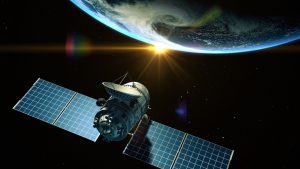
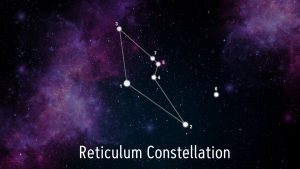
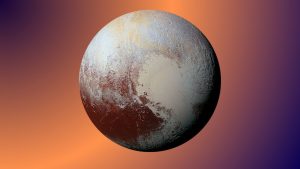


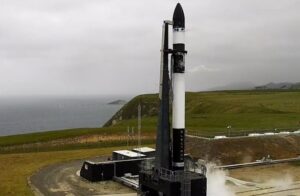
Thank you for your comment! It will be visible on the site after moderation.